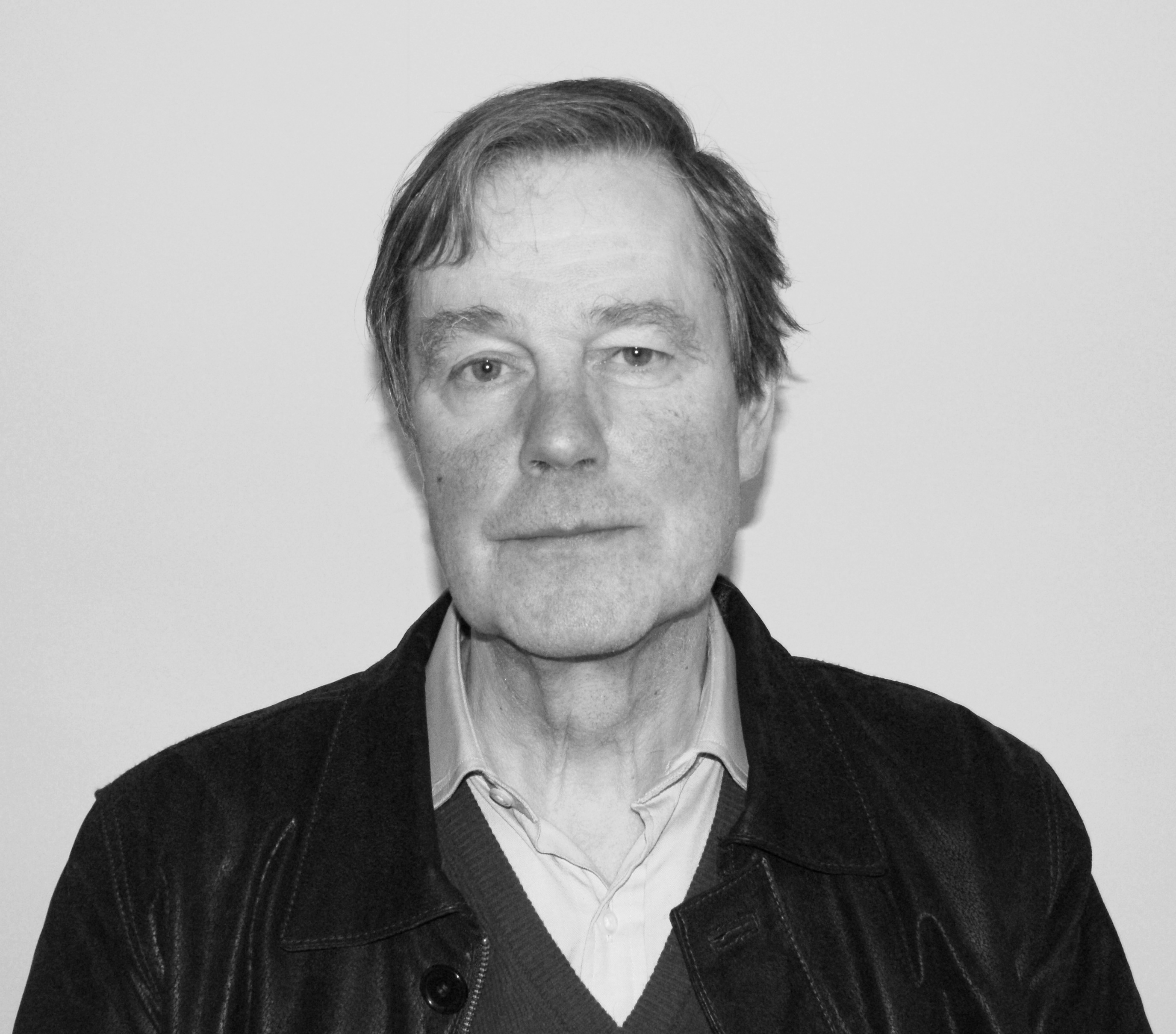Wilbury Park. A sleeping beauty brought back to life
Peregrine Bryant
This important Palladian revival house of 1710, featured in Colen Campbell’s Vitruvius Britanicus, had declined into a state of decrepitude at the time of its purchase by the present owner. Over a passage of five years, with enormous and painstaking care and the support of an enlightened client, Peregrine Bryant gently restored the house to its true glory. The firm also discreetly modernised Wilbury Park, the overall winner of the Royal Institute of Chartered Surveyors’ Building Conservation Award in 2006.
“Surfaces in Conservation. Images, identity, aesthetics”
curated by Luigi Ficacci, Emanuela Sorbo and Marco Chiuso
In a work of art, the correlation between the media and the expression of its aging may be considered as the function of a relationship established over time, in the dichotomy between authenticity and historicity. In the surfaces of art and architecture, this relationship represents the cultural site where the reflections and shifts in how we think about time take place. There are many physical aspects of this transformation, situated on the edge between cultural proposition and aesthetic experience.
The seminar is a collaboration between Università Iuav di Venezia, the Istituto Centrale del Restauro in Rome (ICR) and the Ministry of Culture (MiC), whose objective is an interdisciplinary consideration of conservation projects as a means (and not only a tool) for aesthetic experience.
The program reflects this theoretical assumption and will be made up of two sessions, considered as intersecting themes, Image and Material in the Work of Art, and Image and Construction in Architecture. Within this discussion, through presentations and conversations addressing the metaphor of surface as cultural project site, the speakers will examine various fields of knowledge – artistic practices, aesthetics, the history of art and art criticism, the history of architecture, theory and history of conservation, conservation techniques, petrology, architectural composition, urban planning, the philosophy of language and linguistic theory, archeology, and engineering as applied to cultural heritage.
